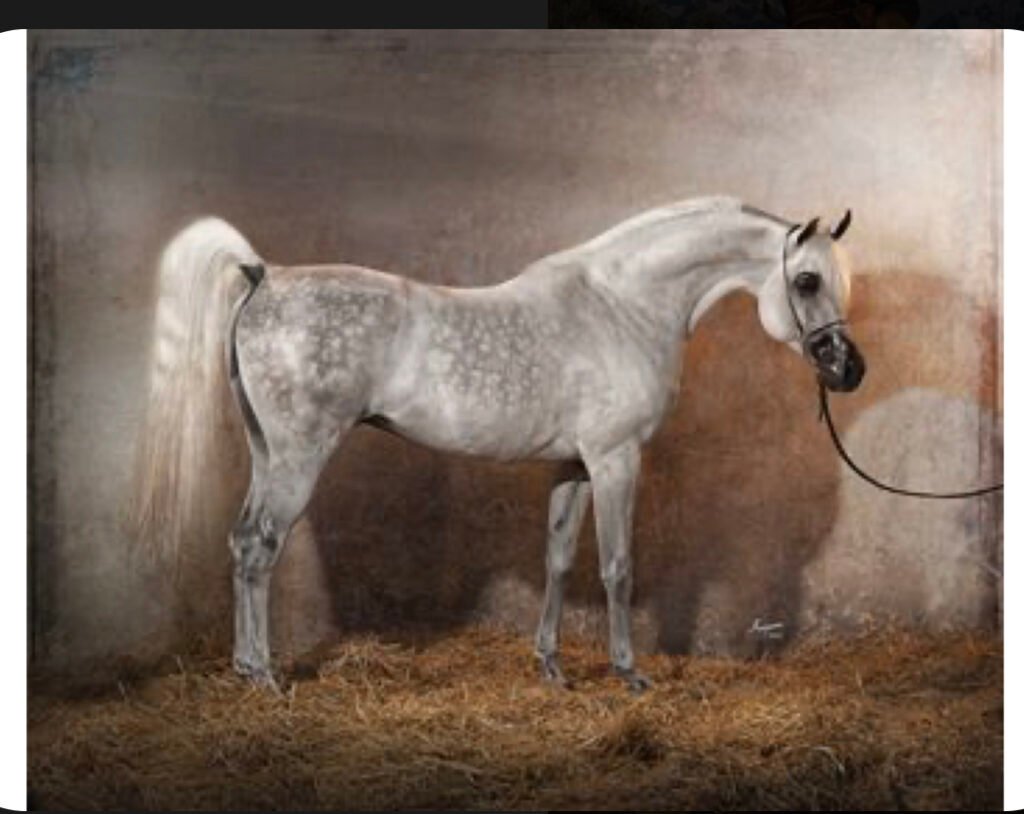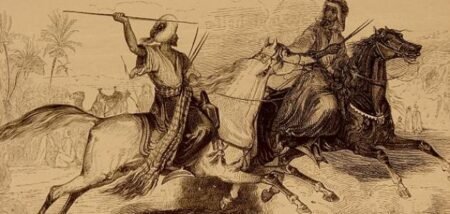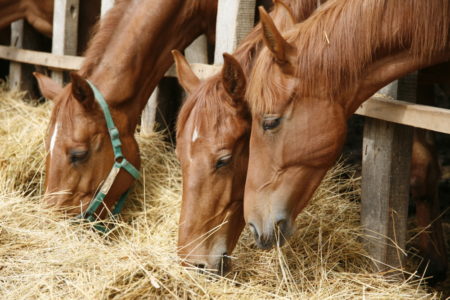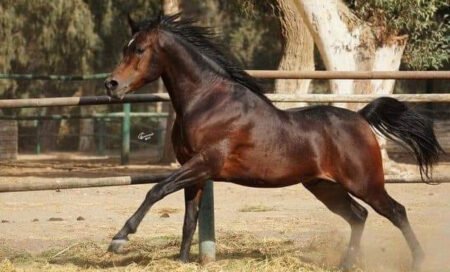The most famous of its types: hay and alfalfa … and two systems for providing water to horses
Horse nutrition is an important part and basic pillar of the horse industry in Egypt and the world, so feeding plans must be developed in farms on a scientific basis because wrong feeding leads to a decrease in the weight of the horse or its inability to complete its daily exercises efficiently in addition to it may lead to serious diseases Like “blush and gripe.”

The quantity and type of food provided to the horse varies according to its weight, age, and physiological stage “of pregnancy and lactation”, in addition to the effort that it exerts, and there are a number of important considerations in feeding horses, including:
Feeding times
The horse’s stomach is small, so it must be fed in small quantities at close intervals from four to five times a day and night, and it is preferable to eat high-energy food such as “barley and grains” during the day, as well as food with fiber and diagonal materials such as hay and alfalfa in the evening.
The most famous types of food
The hay is made from green leafy plants that are cut early and then dried and cleaned from the dirt. One of the most famous types is alfalfa hay, which is rich in proteins and minerals, so it is a suitable food for pregnant and lactating mares, and it is not relied upon for racing horses and hard effort.
Clover and green weeds, which are plants that often grow in the winter and are rich in green leaves and vitamins and contain a large amount of water, so it is suitable for all horses, especially old, young foals and horses suffering from digestive problems.
Barley and grains, barley is one of the most popular types of grains used in horse feeding, as it contains a high percentage of energy, and it is suitable for sport horses and loose people. It is preferable to boil barley or soak it in water for a period of 6 to 8 hours to get rid of the dirt in it and make it soft It is easy to chew and digest.
Mineral salts and table salt, and table salt is added by one spoon, and other salts such as potassium, zinc, copper, manganese and iron are 20 grams per day on the bush or separately, in order to compensate for the deficiency of mineral salts and to motivate the horse to drink water in large quantities and the horse’s need for salt varies The mineral according to the effort exerted, the amount of sweat produced from it, and the air temperature.
Vitamins, and the horse needs all kinds of vitamins such as: vitamin A, vitamin D, vitamin E, and vitamin B to maintain its vital and physiological processes, and these vitamins are provided by green foods. If there is a shortage of green foods, the horse must be supplied with these vitamins at a rate of 20 grams per day on the diet or in drinking water daily.
“Water”. Drinking water is very important to maintain the vital and physiological functions of horses. The amount of water varies according to the type of bush, air temperature, and the type of effort that the horse makes, and the water must be clean and cool so that the horse does not turn away from him.
There are two systems to provide water to the horses, by providing water at regular intervals close to each other throughout the day or by providing water continuously in front of the horse until he drinks whenever he wants by using basins or automatic waterers. It is prohibited for the horse to drink cold water immediately after hard effort, and enough time must be given to restore the horse to the degree Its normal temperature after which the water is introduced.








